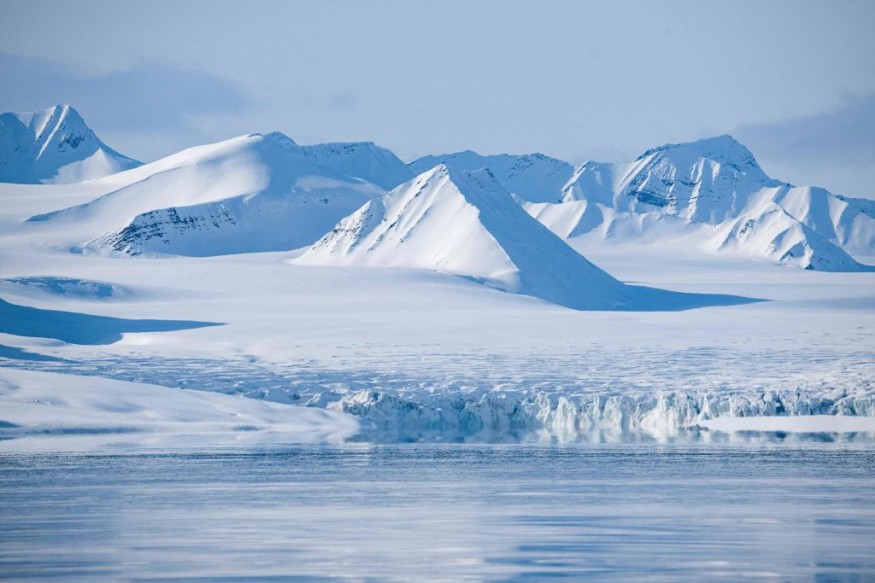Artificial material called "nanofiber material" has been found to slow down glacier melting, according to a new study.
The unprecedented discovery opened the potential opportunity in addressing the continued threat by human-induced climate change on melting glaciers and its projected consequences.
Glaciers are some of the world's largest natural structure which hold a vast amount of frozen water.
For years, scientists have raised concern regarding the potential catastrophic environmental consequences should all glaciers melt, or at least some of the massive ones.
The ongoing climate crisis has allowed global warming to heat up icy regions and continents worldwide, including the Arctic, Greenland, and Antarctica, where most of the glaciers are located.
Threatened by ocean and atmospheric warming, these massive ice structures have been forecasted to lose its large portion by the end of the century.
Previous research suggest the melting of glaciers, along with ice sheets and ice shelves, have led to a significant increase in global sea level.
Potential large-scale flooding is only some of the environmental and climatic repercussions of the crisis unless significant measures are made.
Artificial Material

In a new paper published in the journal Remote Sensing on June 10, artificial glacier melt reduction has been explored and acknowledged as an emerging phenomenon in the field of earth science to address the grueling reality of glacier retreats and accelerating ice melting.
The study was led by researchers from the Chinese Academy of Sciences and the Northwest Institute of Eco-Environment and Resources.
The research team utilized the power of nanofiber material against geotextiles.
The researchers found the areas covered with artificial material decreased glacial melting by around 29% to 56%.
In addition, the team found that nanofiber material has an efficiency rate of 56% higher than geotextiles during the experiment.
Also Read : Massive Glacier Melt Pouring into Gulf of Alaska
High-Mountain Areas
The key takeaway from the paper is about the effectiveness of the material in a specific site or environmental.
In the study, the scientists found that the efficiency of both nanofiber and geotextiles material are at most beneficial in high-mountain areas.
The finding was made possible when the study's authors used the Urumqi Glacier No. 1 in Tien Shan, China, as a site.
The experimentation was conducted between June 24 and August 28 in 2021.
The experiment was observed using a variety of tools, including the combination of two high-resolution models from laser scanning and unmanned aerial vehicles.
Global Warming
Global warming has increase the sea level by around one or two millimeters each year as the Earth continues to heat up, according to the Center for Science Education of the University Corporation for Atmospheric Research.
The research center emphasized that the elevating water level is due to the melting glaciers and ice sheets, which supplements additional water supply to the world's oceans.
For decades, some glaciologists and other scientists have expressed a sense of alarm of the existing climatic threat, forcing them in exploring or developing ways in mitigating the impact of global warming.
While the UN-led Paris Agreement has been made to decrease global temperatures by 1.5 degrees Celsius, alternative solutions are being considered as well, in addition to the reduction of greenhouse gas emissions.
© 2025 NatureWorldNews.com All rights reserved. Do not reproduce without permission.





